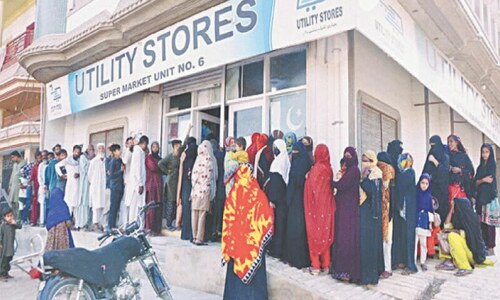RIYADH, Jan 8: Money supply growth in Saudi Arabia edged up in November even after the central bank tightened lending rules to prevent lower borrowing costs from fuelling inflation.
M3, the broadest measure of money circulating in the world’s largest oil exporter, grew 21.6 percent in the year to Nov. 30 compared with 21.1 percent in 12 months to Oct. 31, according to data on the central bank Web site.
Demand deposits were up 27.3 percent in November versus 26.8 per cent in October, and time and savings deposits had increased 27.9 percent compared with 27.6 per cent on Oct. 31, the data showed.
Money supply growth, driven by oil prices at record highs near $100 a barrel, is fuelling inflation across the Gulf Arab region, while central banks shadow U.S. interest rates to deter bets on the appreciation of their dollar-pegged currencies.
The Saudi central bank has lowered borrowing costs by 75 basis points since Sept. 18, tracking the Federal Reserve, which is trying to contain the fallout from a mortgage market crisis.
On Nov. 1, Saudi Arabia raised to 9 from 7 per cent the share of depositor funds banks must keep in their vaults after it cut interest rates.
It was the first time the central bank raised the reserve requirement since 1980.
The Saudi central bank is torn between checking price pressures at home, where inflation hit a 12-year high of 5.35 per cent in October, and maintaining the riyal’s peg to the weak dollar.
The central bank’s net foreign assets on Nov. 30 were worth 1.07 trillion riyals ($285.3 billion), an increase of almost 32.1 per cent from a year earlier, according to the central bank Web site.
—Reuters

















































Dear visitor, the comments section is undergoing an overhaul and will return soon.